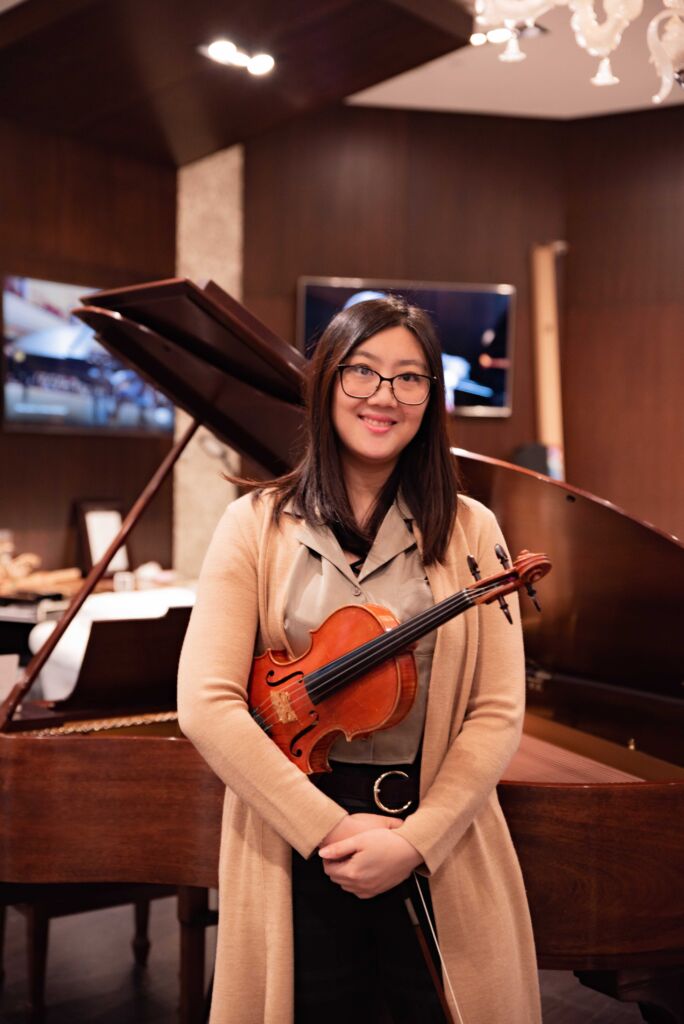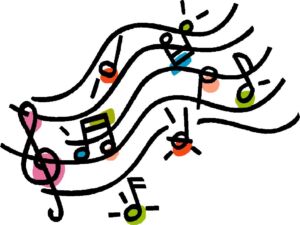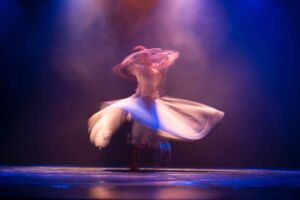
Everything is done at the clients’ pace and the sessions are about the creative process rather than in the resulting artworks. By looking at the journey, the client will be focused on how they feel during the making of their art. For example, How does it feel as you move your fingers across the keyboard? What does the texture of the paint feel like as you move it across the page? What would you like to have more of in this work? Through these explorations, clients will be able to gain self-awareness, discover and try new things for themselves, find their voice, improve on communication of their emotions, build trust with themselves and others, heal wounds, and have tools for grounding themselves.
What is Expressive Arts Therapy?

What is Art Therapy?

What is Music Therapy?

What is Dance/Movement Therapy?

What is Drama Therapy?
Drama therapy is an embodied practice that is active and experiential. This approach can provide the context for participants to tell their stories, set goals and solve problems, express feelings, or achieve catharsis. Through drama, the depth and breadth of inner experience can be actively explored and interpersonal relationship skills can be enhanced. (North America Drama Therapy Association, 2001)








